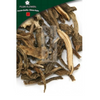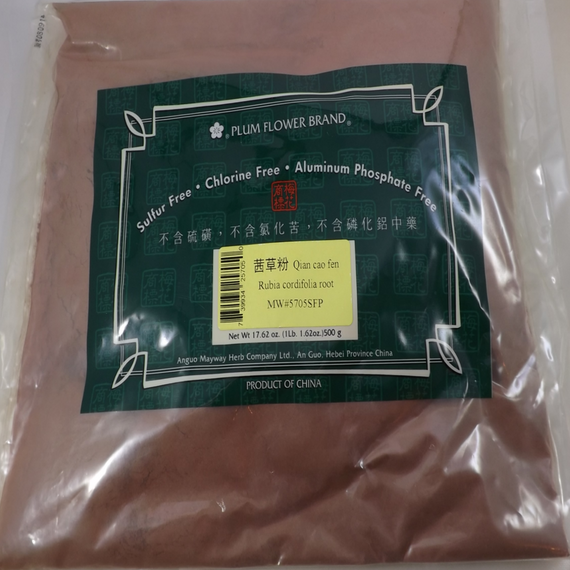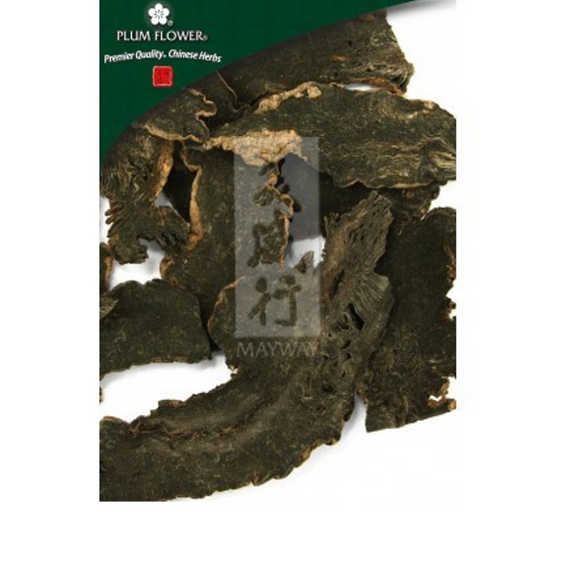Qian Hu (Peucedanum Root): Ancient Herb for Modern Respiratory Relief and Lung Health
Clear Phlegm • Ease Cough • Support Lung Function – Backed by Tradition and Science
What Is Qian Hu?
Qian Hu (Radix Peucedani) is the dried root of Peucedanum praeruptorum, a revered herb in Traditional Chinese Medicine (TCM) known for its ability to clear heat, release wind, and resolve phlegm from the lungs. Often used for conditions involving cough, chest congestion, and respiratory discomfort, Qian Hu remains a cornerstone in both classical and modern herbal formulas.
This page explores its history, clinical applications, scientific validation, usage guidance, and quality standards—helping you understand why Qian Hu has stood the test of time.
Health Benefits of Qian Hu
-
Clears lung heat and relieves phlegm-related coughs
-
Reduces inflammation in the respiratory tract
-
Aids in releasing exterior wind-heat and wind-cold
-
Promotes smoother breathing and lung clarity
-
Contains antispasmodic and bronchodilatory effects
-
Traditionally used for bronchitis, asthma, and sore throat
-
Exhibits immune-regulating and antibacterial properties
Why Qian Hu Works (TCM + Modern Science)
Traditional Chinese Medicine (TCM) Theory
-
Meridians Entered: Lung
-
Flavor & Nature: Bitter, acrid, slightly cold
-
Functions in TCM:
-
Descends Lung Qi to ease coughing
-
Dispels phlegm and clears internal heat
-
Releases exterior wind (especially when wind-heat turns to internal phlegm-heat)
-
Qian Hu is often included in formulas to treat coughs with thick yellow phlegm, or when an exterior cold or heat begins to impact the lungs.
Modern Scientific Perspective
Qian Hu contains active compounds such as praeruptorin A, B, and C, which have been studied for:
-
Anti-inflammatory and antispasmodic effects
-
Bronchodilatory actions on airways
-
Antibacterial and antiviral activities
-
Cough suppression and phlegm regulation
PubMed-Backed Scientific Research
-
Praeruptorin's bronchodilator effect in airway smooth muscle – PubMed
-
Anti-inflammatory activity of Peucedanum praeruptorum – PubMed
-
Antitussive and expectorant effect of Qian Hu root extract – PubMed
How to Use Qian Hu
1. Decoction
-
Use dried root. Simmer for 20–30 minutes with other herbs in a respiratory support formula.
2. Tincture
-
Typically taken in small doses (1–3 mL) up to 3 times daily. Use an alcohol-based extract for optimal absorption.
3. Tea Form
-
Can be infused with other lung-supportive herbs (e.g., Mulberry leaf, Licorice). Simmer gently for mild respiratory benefit.
4. Capsules / Powder
-
Follow label instructions or practitioner recommendations for dosing.
Historical Background of Qian Hu
Qian Hu has been documented for over a thousand years, with references in Shen Nong Ben Cao Jing and Ben Cao Gang Mu. Traditionally cultivated in the Sichuan region of China, the root was regarded as essential for treating lung conditions brought on by seasonal changes, wind invasions, and phlegm-heat congestion.
In classical formulas, it is often paired with herbs like Zhi Ke (Bitter Orange Peel) or Jie Geng (Platycodon Root) to guide phlegm downward and open the chest.
✅ What Does GMP Mean and Why It Matters
The Qian Hu you choose should be GMP-certified. GMP stands for Good Manufacturing Practice, which ensures that:
-
Herbs are tested for contaminants, heavy metals, and pesticides
-
Products are manufactured in clean, controlled environments
-
Consistency, potency, and quality are guaranteed in every batch
Our Qian Hu is GMP-certified and USDA Organic, so you can be confident in its safety and effectiveness.
Frequently Asked Questions (FAQ)
Q: Is Qian Hu safe to take long-term?
A: It's generally recommended for short-term use during cough or respiratory imbalance. Consult a practitioner for extended use.
Q: Can I combine Qian Hu with other herbs?
A: Yes. It’s most effective in formulas with herbs like Ban Xia (Pinellia), Xing Ren (Apricot Seed), or Jie Geng.
Q: Who should avoid Qian Hu?
A: Not recommended for those with dry coughs from yin deficiency or those who are pregnant, unless directed by a TCM practitioner.
Common Name: Qian Hu
Botanical Name: Peucedanum praeruptorum Root
Pin Yin Name: Qian Hu
Other Ingredients: None, nothing has been added to this product.
Package Size: 1.1 pounds ( 500 grams)
Form: Sliced Root
Organic: No, Unsulphured
Origin: China
Brand: Plum Flower
Caution: Do not use if pregnant or nursing. Do not use in large doses.

Check out our How to Use Bulk Herbs page to see how to use herbs correctly. Our web page is constantly expanding, as of today we have articles on:
- How to make salves, poultice, tinctures, teas, capsules, gargles, and foot bathes
- How to make a citrus facial splash
- Cayenne pepper: Caterpillar and aphid spray ( Natural insect repellent )
- Citrus potpourri basket
Herbal Information on Peucedanum praeruptorum Root in Bulk Form
Main Characteristics (Attributes) of Herbs
- Harvested at the proper level of maturity and correct time of the season to maximize potency.
- Free from Chlorine
- Manufactured without the use of sulphur
- Preservative Free
- Made at GMP internationally certified facilities (Good Manufacturing Practices) Quality control tests are done at the manufacturing site and at third party labs to confirm results
- Aluminum Phosphate free
- Packaged in an airtight sealed bag
- Pin Yin Names and Botanical Names are listed on the bag
- Certificate of Analysis are available upon request
- Conforms to Standards of Chinese Pharmacopeia
- No dyes, colors, or bleaching of the herbs
- We are a authorized direct distributor of Plum Flower Herbs.
- 500 gram bag size which equal anywhere from 4 to 6 cups of herbs
References:
https://pubmed.ncbi.nlm.nih.gov/25553708/
























